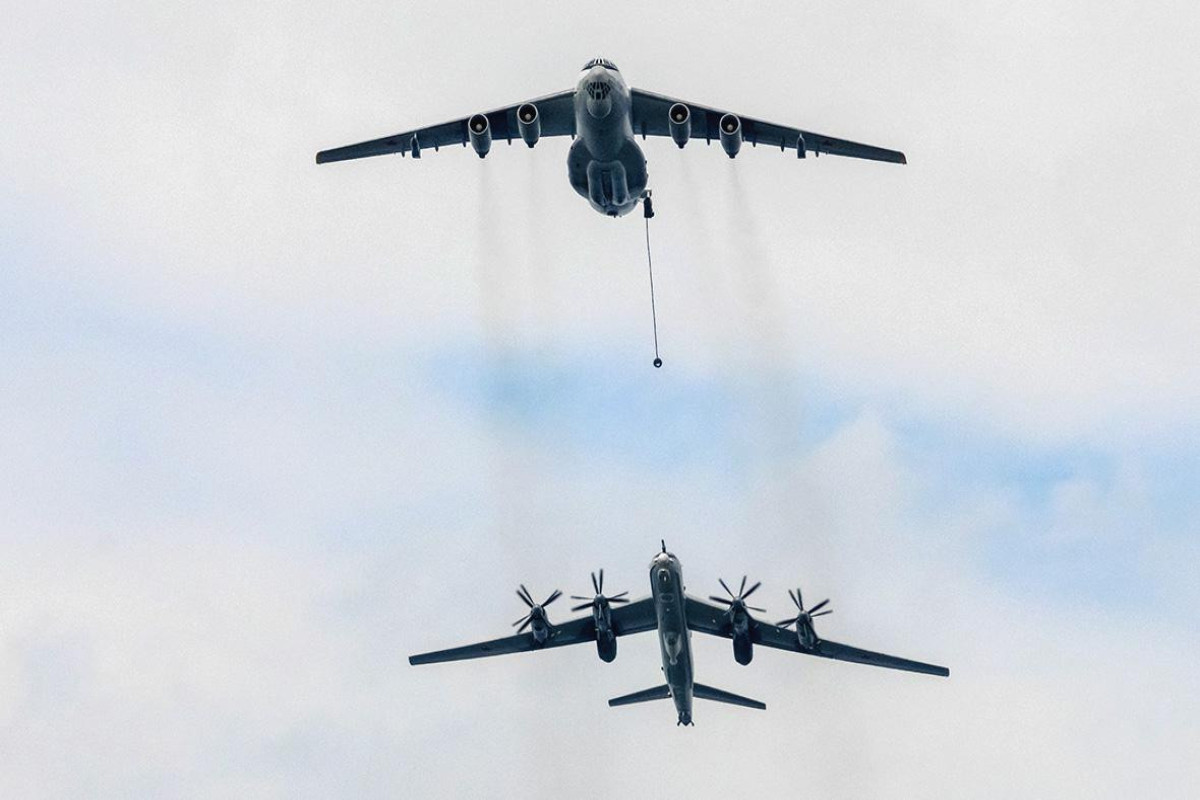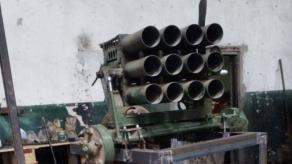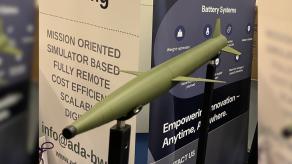For many Ukrainians, the Il-78 has become a reason for restless hours in anticipation of a ballistic airstrike recently. Although this airborne tanker has no weapons by itself, it has been raised in the air to refuel and thus extend the flight of the MiG-31K, the aircraft, reduced to the sole role of launching Kinzhal "hypersonic" ballistic missiles on Ukraine.
The russian Il-78 has barely been discussed over almost two years of the full-blown war in Ukraine, though its presence on russian air bases near Ukraine is no news. In this article, we'll cover how many Il-78s russians have, how much fuel they can lift, and a few other important details about the tanker.
Read more: Officially: iran Got Mi-28 Attack Helicopters on Top of Su-35 from russia

Quantity and Variety of russian Il-78
The Military Balance 2023 guidebook from the British International Institute for Strategic Studies reports that the russian Aerospace Forces operate 5 Il-78 and 10 modernized Il-78M aircraft. Both are derived from the Il-76 military transport aircraft, with the key difference being the Il-78's optional "reverse conversion" capability, allowing it to transform into a transport aircraft by removing internal fuel tanks and refueling equipment, a feature not present in the Il-78M. There is no difference on the outside, though.

In terms of refueling capabilities, the Il-78 is equipped with three UPAZ-1 refueling drogues, each transferring 2,200 liters per minute, with a maximum fuel capacity of 65 tons. The Il-78 can cover a range of 1,000 kilometers with the full 65-ton load, reducing to 32–34 tons for a longer 2,000-kilometer flight.
On the other hand, the Il-78M is fitted with three PAZ-1M refueling drogues, each providing 2,900 liters per minute, and a maximum fuel capacity of 85 tons. The figure, however, is reduced to 60–65 tons for a range of up to 1,800 km, further decreasing to 32–34 tons for a 4,000-kilometer flight.

Aspects of Aerial Refueling with Il-78
Considering that the cruising speed of both the Il-78 and the Il-78M is 800 km/h, the flight range parameters suggest their flight duration varies from 1.5 to 4 hours. But in practice, it is determined by the task assigned to the crew — 6 personnel for Il-78, and 7 people for Il-78M.
Both versions can refuel long-range and tactical aviation. One interesting detail is that a single Il-78 or Il-78M can refuel either one strategic bomber or two tactical aircraft simultaneously, meaning two MiG-31Ks can get refueled at once.

The refueling process requires both the tanker and the receiving aircraft to match speeds, ranging from 450 to 520 km/h at altitudes of 4–7 km, with the actual refueling lasting 15–20 minutes.
In theory, one Il-78(M) can carry enough fuel for one to three full refuelings of a MiG-31, considering that the latter takes up to 17.7 tons of fuel on board.
Ukrainian Air Force observations indicate that aerial refueling effectively doubles the time a russian MiG-31K can stay in the air, extending it to 3 hours. In the same article, Defense Express also explained why a 7-hour flight, insistently declared by russians, is on the verge of impossible for MiG-31K.

Read more: For How Long russian MiG-31K Can Stay Up in the Air, Feeding Off Refueling Tankers and Threatening a Kinzhal Ballistic Strike on Ukraine














